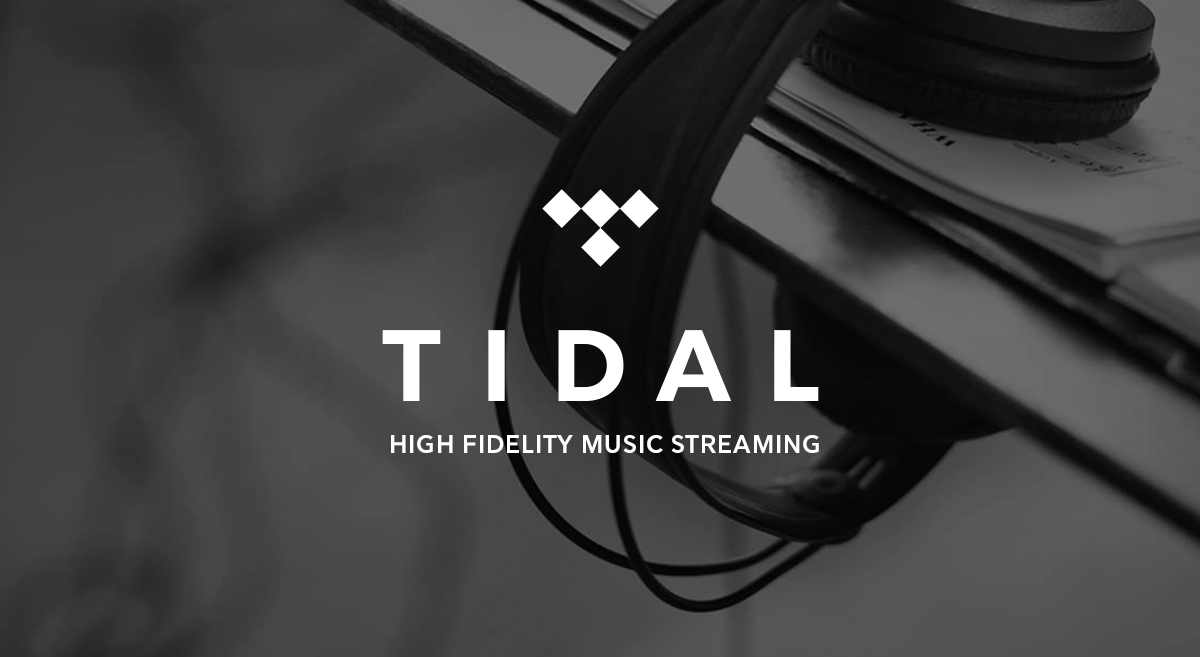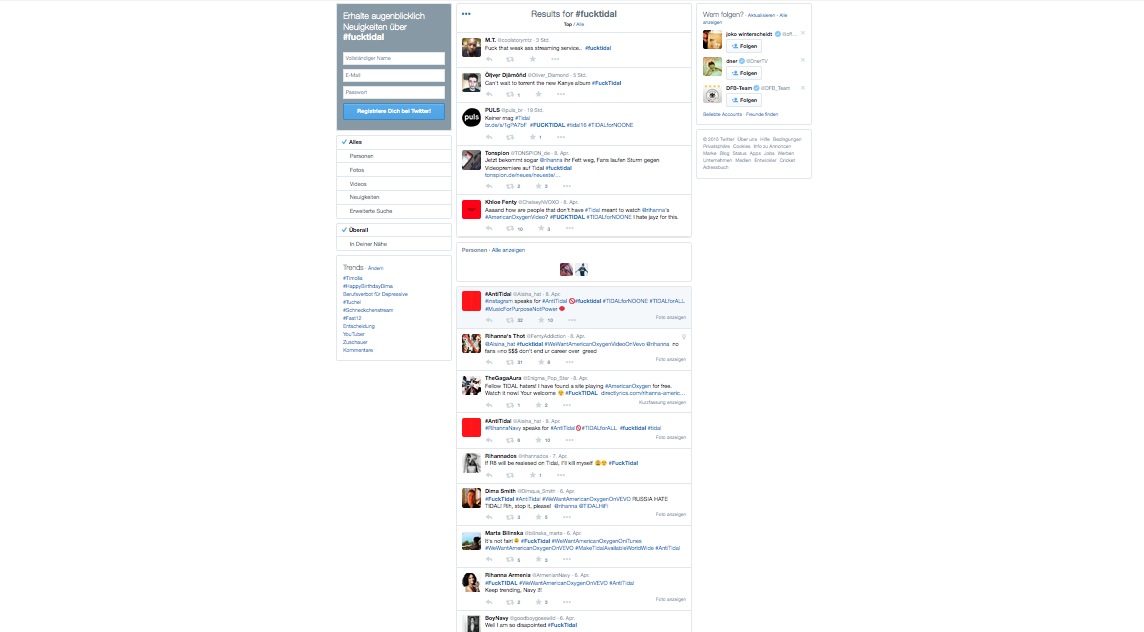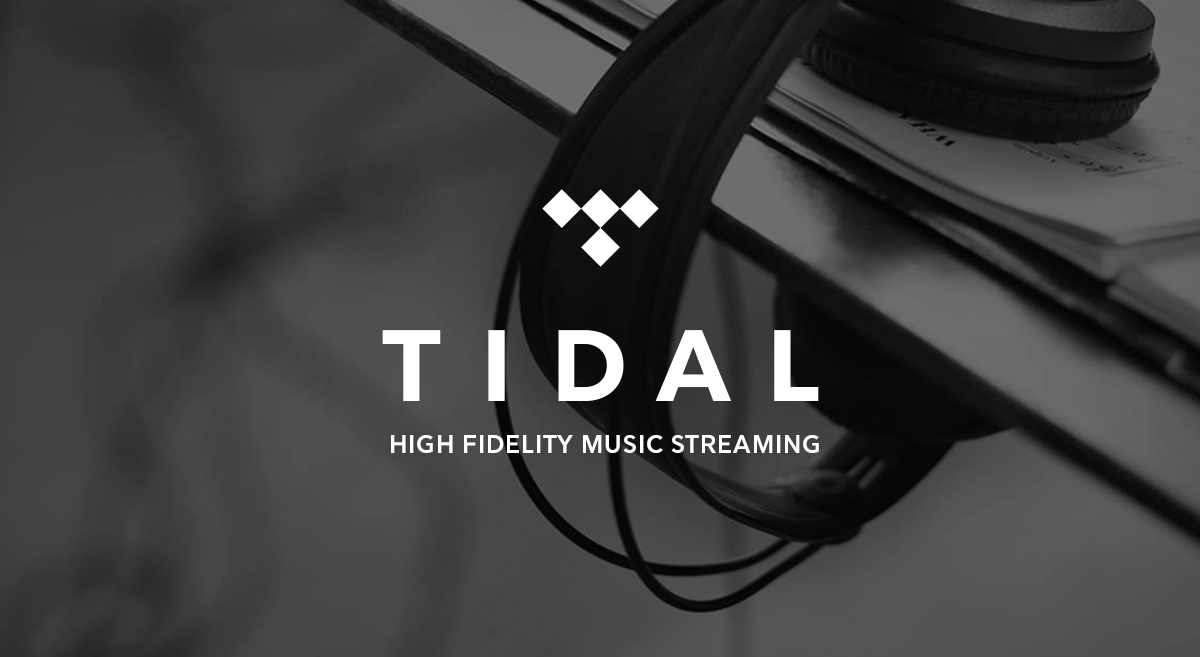TIDAL - Much Ado About Nothing?

Since the spectacular launch of Jay-Z's supposedly new streaming service Tidal, waves of excitement have been just as high as waves of outrage. Time to try to offer a bit of an overview ...
by Olaf Adam
What happened?
If you believe pop rapper and internet entrepreneur Jay-Z, Tidal represents nothing less than the future of the music industry. This bold claim was backed up by the line-up at the launch event. After all, the stage featured Jay-Z himself, his wife Beyoncé, Madonna, Kanye West, Daft Punk, Rihanna, Chris Martin, Jack White, and some other true musical and financial heavyweights. And all of them were proud and happy to be there. One reason for this is probably that each of the stars acquired a 3% stake in Tidal.
Recording of the Tidal Launch Event on Youtube:
What does Tidal offer?
The whole thing isn't nearly as new as the united group of stars would have us believe. Behind the new name and the fancy new design is nothing more than the streaming provider WiMP, already known here. Jay-Z recently bought WiMP—or rather its Norwegian parent company Aspiro—for a cool 50 million dollars. And just like WiMP, Tidal relies entirely on paid subscriptions; there is no ad-supported option like with Spotify. Subscribers are supposed to pay not only for uninterrupted music enjoyment, but especially for better sound quality. The entry-level offer, called 'Tidal Premium', already provides decent quality for streaming music at bitrates around 320kbps for 9.99 euros per month. 'Tidal Hifi' costs 19.99 and allows lossless streaming in CD quality. Access to editorial content and videos is included in both versions.
Is Tidal more expensive than the competition?
Uh, kind of... It’s true that industry leader Spotify offers a free way to use the streaming service. However, the music is regularly interrupted by annoyingly loud commercials, the music is streamed at a maximum of 96kbps, and on mobile devices usage is only possible in shuffle mode. 'Spotify Premium', which allows streaming at 320kbps and targeted song selection on mobile devices, also costs 9.99 euros. So Tidal isn’t really more expensive than the competition; it just doesn’t offer a free usage option. A similar picture emerges with high-quality hifi streaming: the comparable option with WiMP already cost nearly 20 euros, and with the only current competitor Qobuz, you pay the same amount for lossless streaming.
#fucktidal – So is Tidal not a good thing after all?
Opinions are currently divided on this question, as you can read about on various music blogs. It’s true first of all that Tidal’s offering is attractive from a customer point of view. The song selection is large, the prices are within the usual range, and both the browser interface and the various apps for mobile devices work well to very well. For users with higher sound quality demands, the lossless hifi option is definitely interesting, as it makes streaming truly hifi-ready. However, classical music fans should also check out the offering from competitor Qobuz. You’ll find more classical recordings there, and there’s a special flat rate for 14.99 euros that gives you access exclusively to the classical selection.

Quo vadis, Tidal?
Maybe we should just give it some time. If Jay-Z and his super-rich co-owners approach the whole thing the right way, it could actually become a digital revenue model where artists (all artists) receive a larger share of the income by eliminating the 'middleman' role of the big labels. If they approach it the wrong way, it will simply become a kind of 'United Artists' of the music industry. That film company was founded in 1919 by, among others, Charlie Chaplin, as a reaction to the increasing exploitation of actors and directors by the major studios. But just a few years later, UA itself had become a 'big studio' like all the others. And currently, the company is under the leadership of Tom Cruise as part of Sony Pictures, owned by probably the world's biggest entertainment giant...

